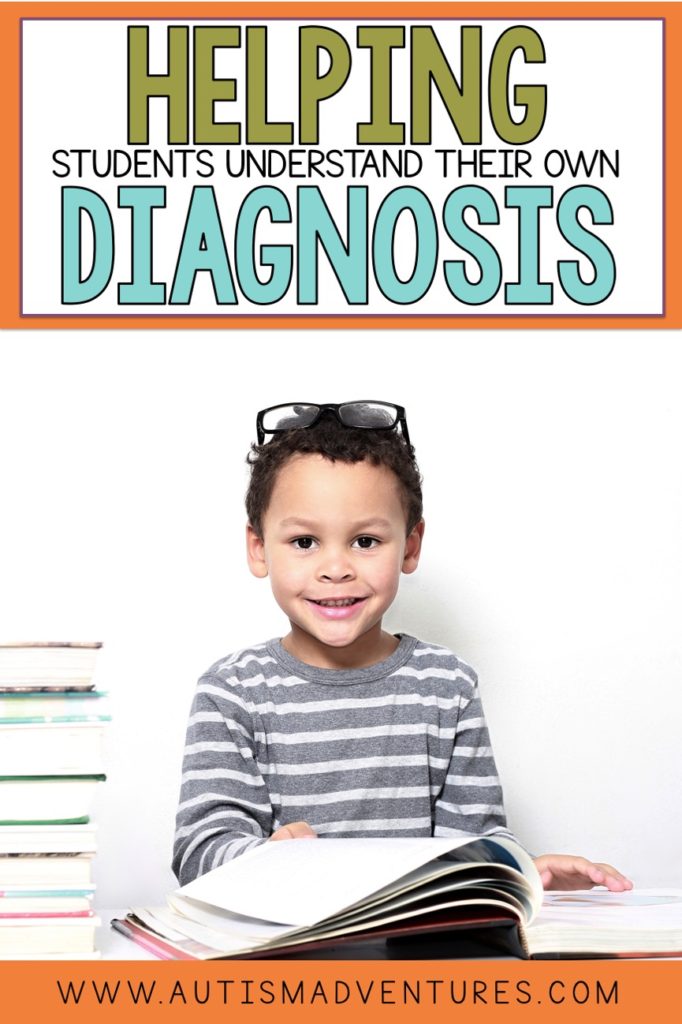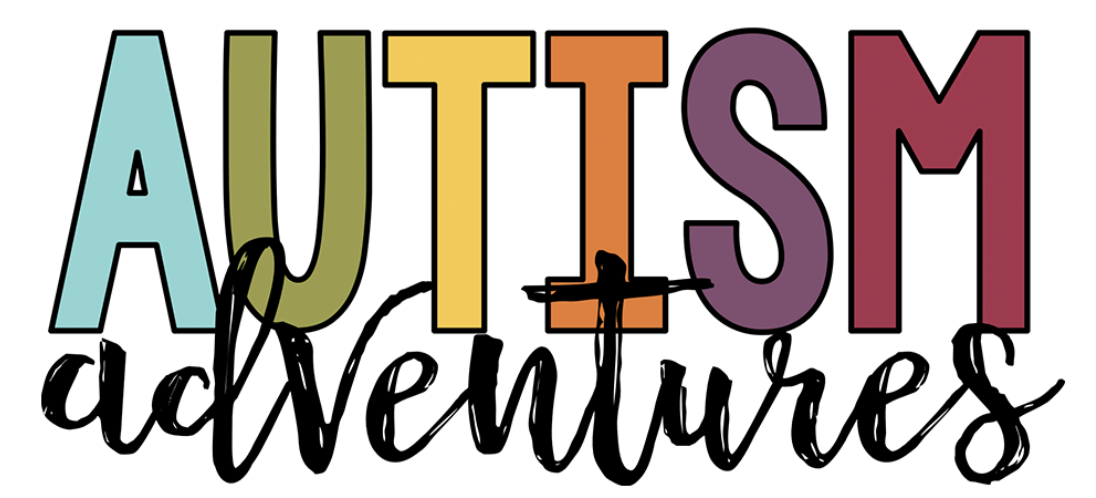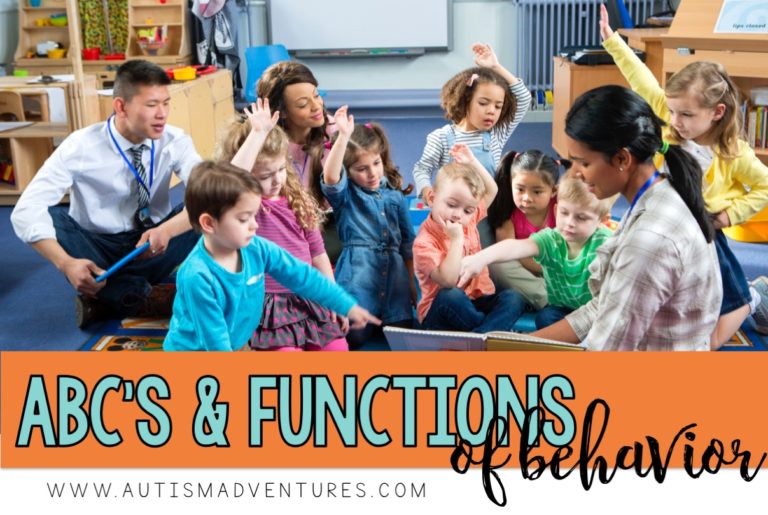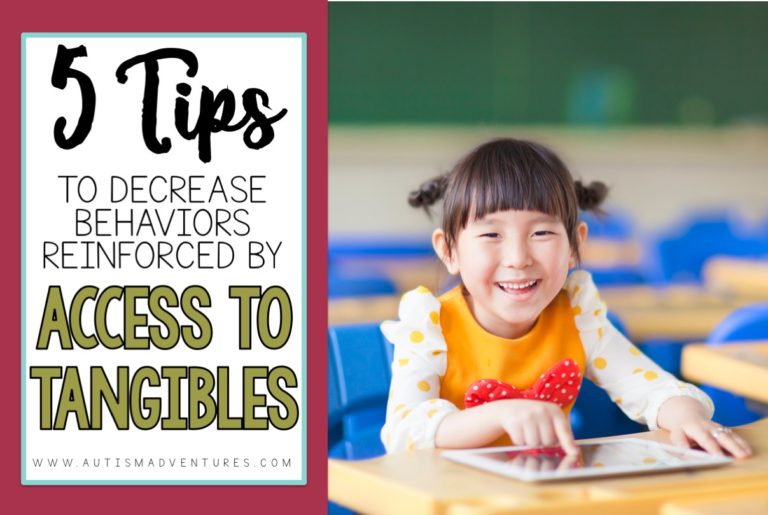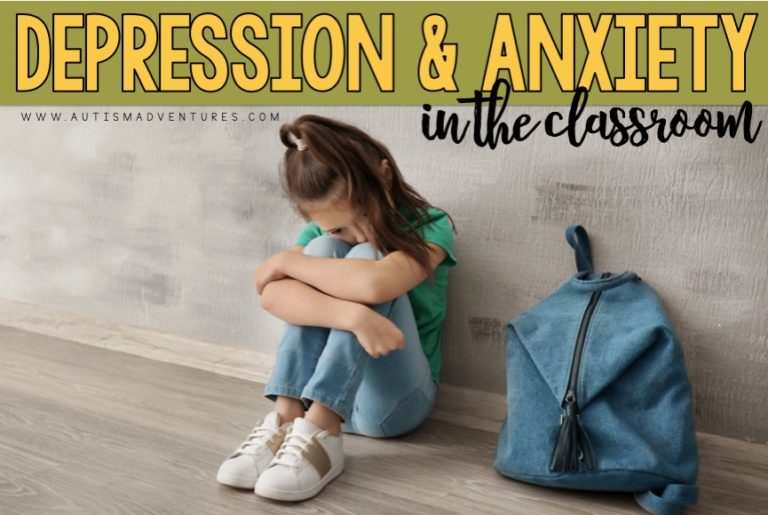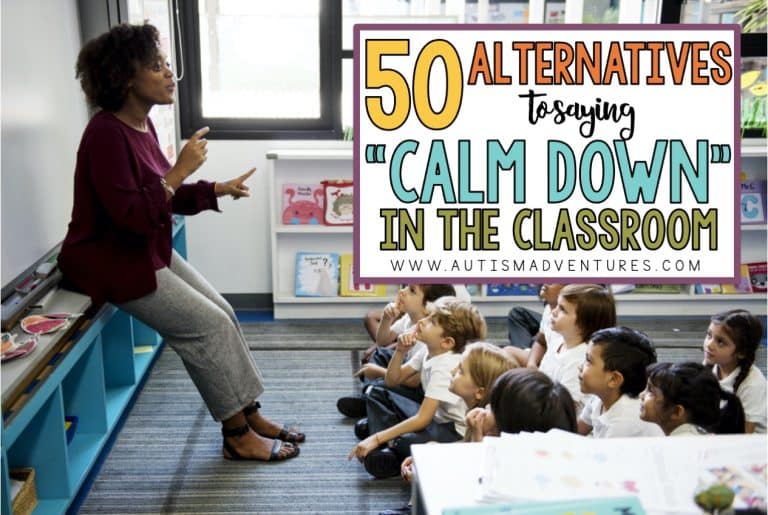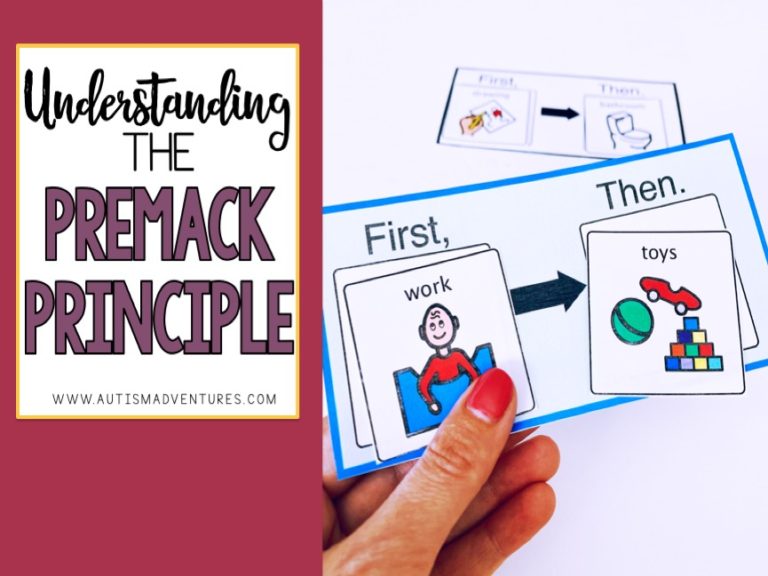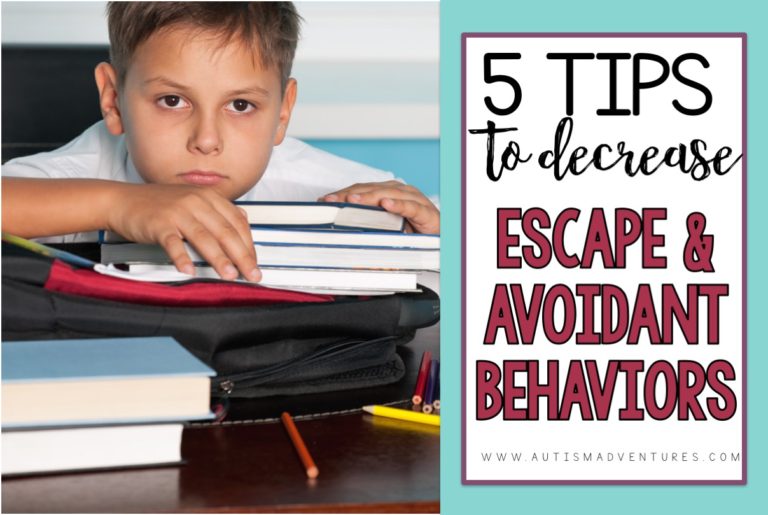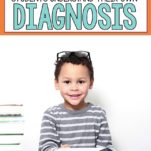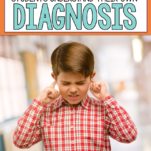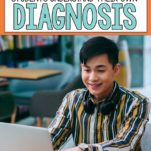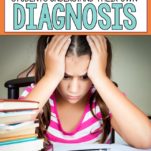Helping Students Understand Their Own Diagnosis
Getting an autism diagnosis can be hard for adults to wrap their heads around. How do you explain autism to kids who have it? Telling kids with autism about their diagnosis is not an easy task. Not telling kids about it is not helpful though. It’s like keeping a big secret from them. Kids with autism have a sense that they are “different” and not filling them in on their identity keeps them living in a mystery. Today I’ll unpack the difficult yet necessary job of helping students understand their own diagnosis. I’ll share tips that will make it easier for you along with some great books that help kids make sense of their autism.
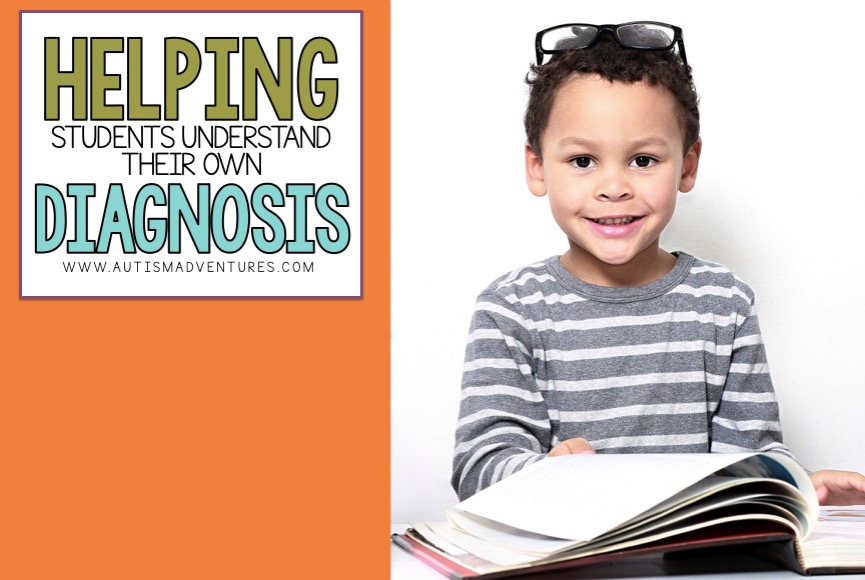
How To Help Kids Understand Their Autism
As a teacher, you play a special role in educating your students. You already give your kids a lot of tools to use to help them learn and have a good day at school. Helping kids understand their autism is one of those valuable tools.
But how do you relay that information so that they understand?

Explain Autism So It’s Age-Appropriate
You give students information according to their grade level. Explaining autism is no different.
- Use simple terms and avoid clinical terms:
- “Autism is something kids have” not “autism is a developmental disorder that afflicts juveniles…”
- Describe autism traits you see in your specific student rather than general examples
- “Some sensory things bug you like loud sounds” not “kids with autism can have sensory issues like sounds, touch, visual..”
- Stop the conversation if your student loses interest. Kids don’t always hold attention and that’s okay.
Give Information In Bite-sized Pieces
- Give information in small chunks instead of a drawn-out lecture
- “I want to share some examples of how autism affects how you learn” not “Today I’m going to tell you everything about autism…”
- Use specific examples
- “Your autism gives you a lot of energy so you jump a lot” not “Your autism makes you move around a lot…”
- Helping students understand their own diagnosis will be an ongoing conversation, you won’t cover everything in one talk.

Focus On Strengths
- Show your student how having autism is unique and special
- “You’re really good at noticing details that other people don’t see” not “You will have so many challenges…”
- Put a positive spin on the difficulties your students face
- “It may be easy to lose focus but you work so hard on your concentration” not “It’s easy for you to lose focus and you can’t concentrate…”
- Describe the strengths you see in your students and how they can use that to succeed at school or home.
Pick The Right Time To Talk About Having Autism
- To help kids understand their own diagnosis talk to them at a time when they are calm and receptive.
- Pick a spot that is free from distraction.
- Stop the conversation if kids don’t want to listen, change the subject or lose interest.
Other Helpful Tips
- Be prepared for questions. Your students might be curious, confused, or fascinated with learning more.
- Offer comfort. Kids might be scared of hearing the word “diagnosis.”
- Reassure them that labels are not bad, it’s a part of who they are. Just like a person with glasses or is left-handed, it’s how they are.
- Don’t let an autism diagnosis be an excuse for things like having a hard time in school.
Books That Help Students Understand Their Own Diagnosis

Kids respond great to visuals as you know! Luckily there are some great story books your students can read to help them make sense of their autism. These books also can help ease the difficulty with this topic for you. Stories are a natural way to introduce a topic or remove the heaviness. Here are some book ideas for you to try:
Stacy the Shark: Educating Children about Autism By Shelly Weiss
Geared towards kids 4-8, this book uses kid-friendly terms for autism to help them understand it better. Readers can get comfortable with others who are different from themselves without fearing the unknown. Educating children early in life will help them appreciate diversity and acceptance. The book Includes discussion questions for the child with autism and discussion questions for the child who does not.
My Brother Is Autistic By Jennifer Moore-Mallinos
From the series “Let’s Talk About It Books.” My Brother is Autistic describes a condition that affects many families. This book describes an autistic child from his brother’s point of view. It talks about ways autistic kids can be helped and how they can better relate to their family and surroundings. For ages 4-7.
Albert is My Friend – (Helping Children Understand Autism) By Jan Luck
This book is about a boy named Albert, a boy with autism and his friend Mary Louise. The friends talk about accepting differences and being friends with kids that are different. The story describes some common autistic behaviors that kids can understand. The reading level is simple and easy to read-aloud with colorful pictures holds the attention of children and adults.
The Butterfly’s Journey By Heather Porazzo
The story is about a baby butterfly that does not come out of his cocoon. His parents learn that the baby butterfly has autism. Animal friends help mom and dad understand what autism is, what to expect, and how to best help Baby Butterfly. Soon the baby butterfly emerges from his cocoon with the support of his parents, teachers and friends. He learns his way around the world that is often overstimulating. This story highlights some of the common traits and challenges for those with autism as it delivers a nurturing message about love, support, friendship, and acceptance.
Uniquely Wired: A Story About Autism and Its Gifts By: Julia Cook
This story is about a boy named Zak, he’s on the autism spectrum. Told from Zak’s point of view readers learn about his love of watches and how he interacts with others. Kids can get a sense of what it’s like living with autism and a better understanding of behaviors and communication.
In Conclusion
You no longer have to avoid the elephant in the room. As a valuable teacher, with these tips, you can help your students understand their own diagnosis. Check out one of these books to help you with your conversation. Your students will love learning more about themselves and you will love helping your kids!
Like what you read? Don’t forget it, PIN IT!
